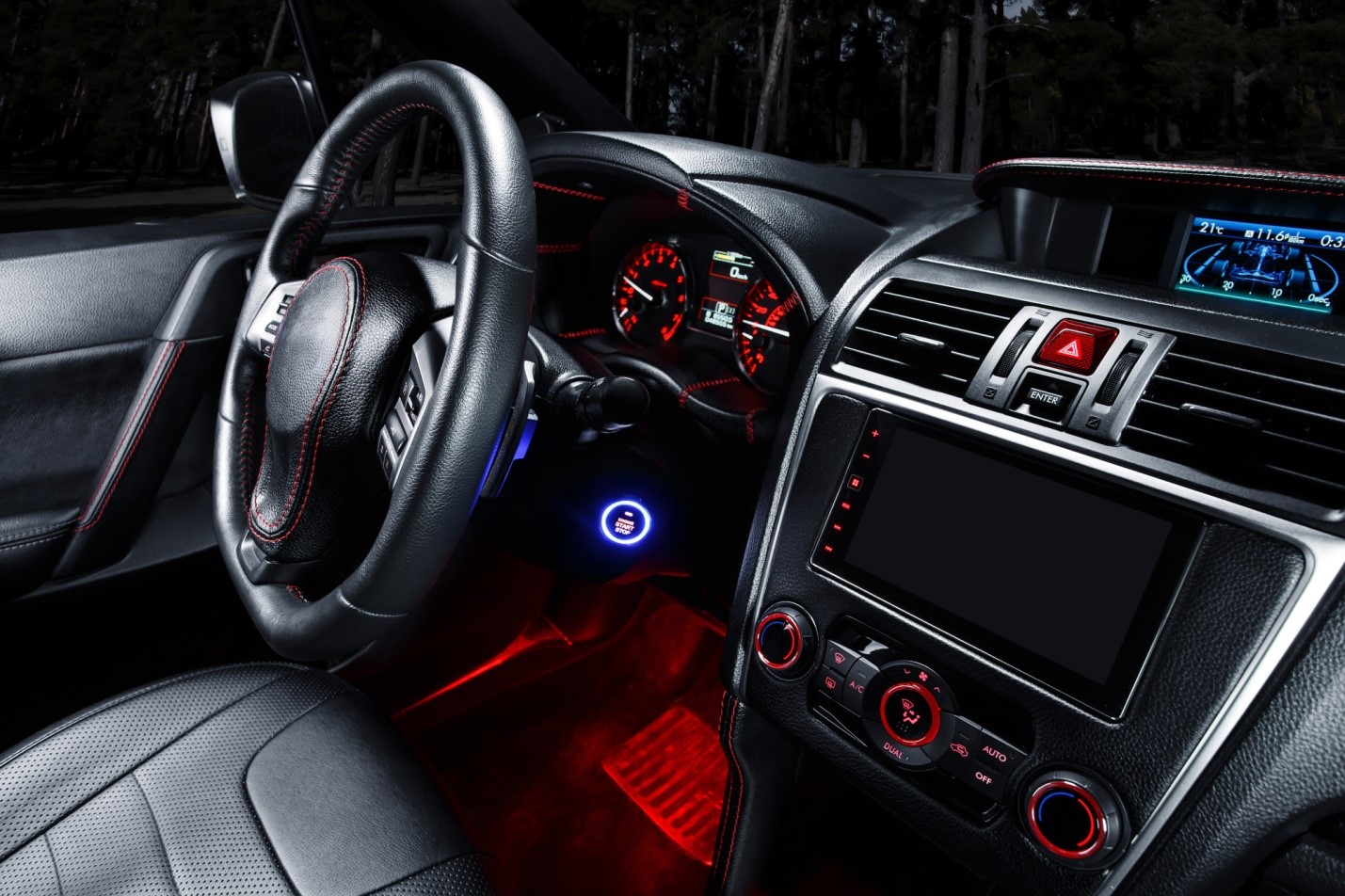The fives types are gear, friction disk, automatic, CVT, and hydrostatic. I’ll spend a few minutes going through each type so you have a better idea of the best type for you. I am not going into the details of how each one works. Just Google the transmission type and you can read to your heart’s content.
Gear
Five years ago the gear drive transmission was the most popular but today hydrostatic and automatic transmissions have replaced them in popularity. Often called Manual transmissions this type uses a series of gears to change the ground speed of your tractor. The biggest downfall of this type of transmission is you have to stop the tractor to shift to a different speed (range). This makes them harder to use when you have a lot of garden beds and landscape features to go around.
To drive the tractor you must push in on the clutch, shift the transmission to the gear you want to use, release the clutch, and hang on. This is a dependable transmission that will give you years of service.
Friction Disk
This is actually the transmission of choice for snow blowers but there are a few mowers like the Snapper Rear Engine Rider that use this trans. It is a good, dependable transmission when used properly. It uses a friction wheel and disk to change the forward speed of your rider. Don’t use this transmission to pull heavy loads…you will tear up the friction wheel.
You can shift-on-the-go with some models but to get the longest life most brands suggest you push down on the clutch/brake pedal and then shift to the speed you want.
Automatic
This is essentially a belt and variable pulley system similar to the drive system in a snowmobile. John Deere originally used this in conjunction with a manual transmission on the Model 110. Now days, MTD is using this on most of it’s cheapest lawn tractors. Like the friction disk this trans is designed to the mower application and they are not designed to pull heavy loads. Some of the Brands have confused the issue by calling their inexpensive hydrostatic trans an “automatic” so if you are unsure ask.
To drive the tractor you typically have two levers. One for forward or reverse and the other for the speed. Move the F/R lever to the direction you want to go and then simply move a fender mounted lever to change the speed. This is a dependable transmission that will give you years of service for flat lawns and pulling very light loads.
CVT/IVT (Continuously/Infinitely Variable Transmission)
The automatic mentioned above and the hydrostatic below are essentially CVT’s but now days this means a variable disk or ball/disk system. This is the transmission of the future because it uses fewer moving parts than a gear trans and less oil than a hydrostatic, but at this point in time they are not yet cost effective for lawn tractor applications. MTD tried using the dual IVT Infinitrak in the Cub Cadet and Craftsman Revolution but consumers were not ready to spend the extra money to own this type of transmission. New Holland is using these effectively in their 50 hp and larger tractors.
These transmissions are very easy to use. Either a fender mounted lever or foot control varies the speed and direction.
Hydrostatic
The most common transmission for lawn tractors today is a form of Continuously variable transmission called the hydrostatic transmission. These transmissions take several forms, from pumps driving separate motors, which may incorporate a gear reduction, to fully integrated (enclosed) units containing a pump, motor and gear reduction. Hydrostatic transmissions are more expensive than mechanical transmissions but they are easier to use and can transmit greater torque to the wheels as compared to a typical mechanical transmission.
Hydrostatic – Enclosed Single
These transmissions are very easy to use. Either a fender mounted lever or foot control varies the speed and direction. The enclosed hydrostatic transmission is a single unit that houses the variable pump, motor, differential and drive axle. Most of lawn tractors, yard tractors, garden tractors and estate tractors today have an aluminum housing to give off the heat the moving oil creates. These transmissions are sized to the mower application. The garden tractor and estate tractor transmissions are built to handle heavy loads and ground engaging attachments.
These transmissions are very easy to use. Either a fender mounted lever or foot control varies the speed and direction. The pedal on the left side of the tractor is the parking brake. You do not need to depress that pedal to shift the tractor. The forward and reverse is controlled by either a lever on the right fender or two pedals on the right side floorboard. To go forward push the fender lever forward or press on the large pedal on the floor board. To stop the tractor pull the lever back to the middle position or lift your foot off the pedal. To back the tractor up pull the fender lever to the rear or press the small pedal on the floorboard.
On the fender mounted control you HAVE to move the lever to the middle to stop your tractor. It will not go to neutral by itself like the foot controls.
Hydrostatic – Enclosed Dual
Two hydrostatic transmissions are mounted side-by-side in the residential zero turns. Each trans controls a separate rear wheel. That is the primary reason why zero-turn mowers cost more than the lawn tractors. Again these trans are designed for the application and most are not designed to pull loads, just mow and bag.
Most of these transmissions are controlled by individual levers that sit in front of you. With a little practice these are very easy to use. A large lever on each side of the seat controls that side transmission. To go forward push on BOTH levers. To stop, pull them back. (The easiest way to explain how to drive a two-lever zero turn mower is to use a shopping cart as an example. With the mower turned off sit on the seat and put your hands on the two large levers in front of you. Close you eyes and pretend you are gripping a shopping cart. What do you do to move a shopping cart forward? Right, you push on the handle. To back up? Right, you pull back on the handle. To go left? To go right? Correct, you PUSH the handle in the direction you want to turn the cart. Two lever zero turns work the same way. Instead of one bar like a shopping cart, the bar is split in two and you move each side to make it move.) This type of transmission takes practice to keep the tires from digging into your lawn.
Hydrostatic -Pump & Motor
The more expensive commercial zero-turn mowers, stand-ons, and some golf course mowers use a separate variable pump near the motor connected to the wheel motors with hydraulic hose or metal lines. These are usually cast iron for long life and durability. A few of the high-end commercial mowers are now using enclosed cast iron hydros.











